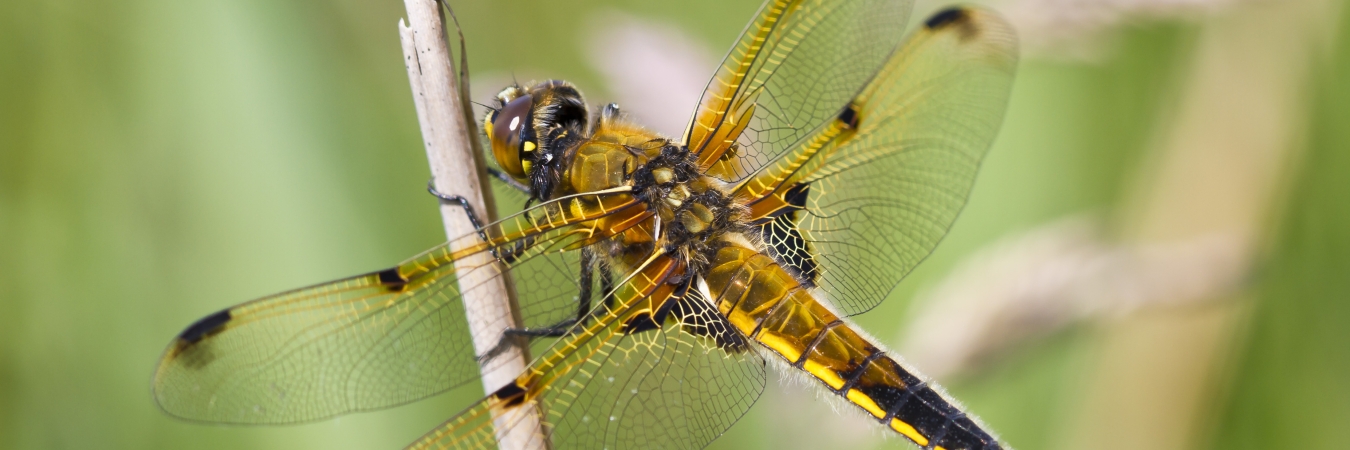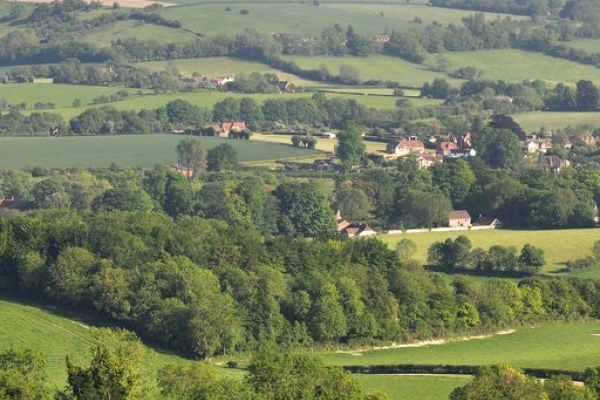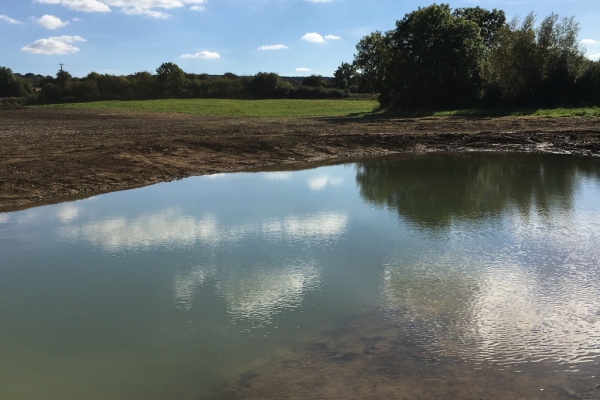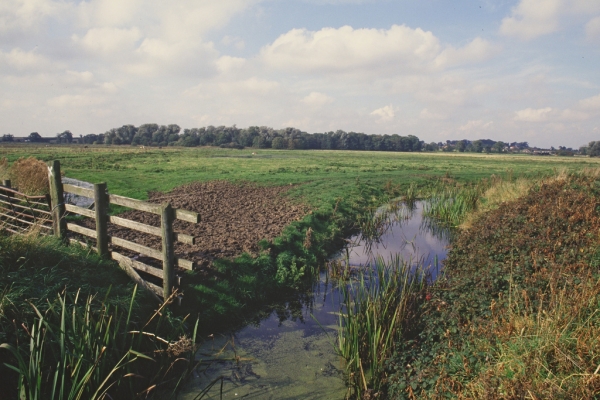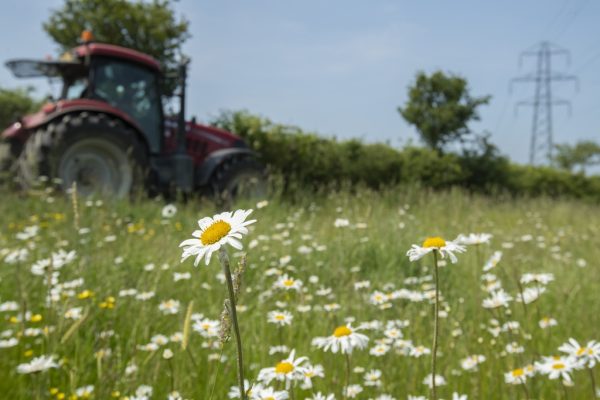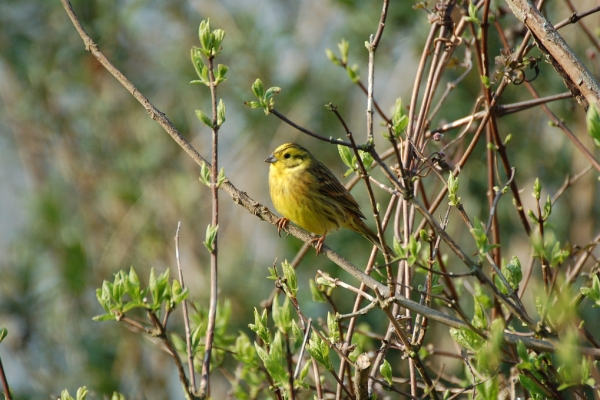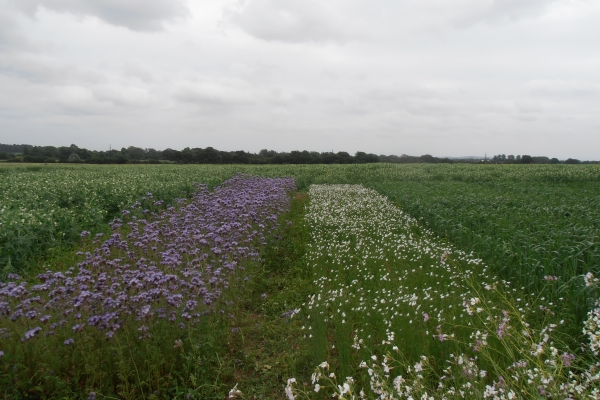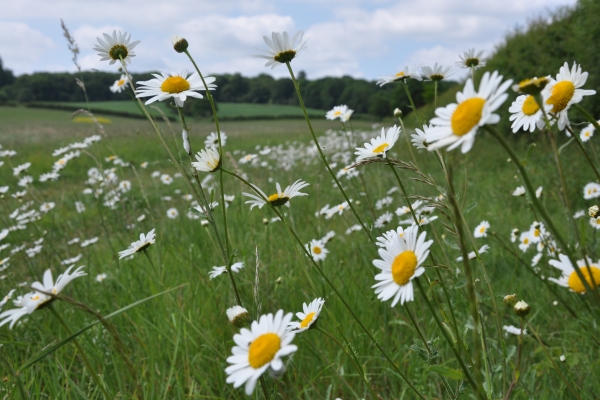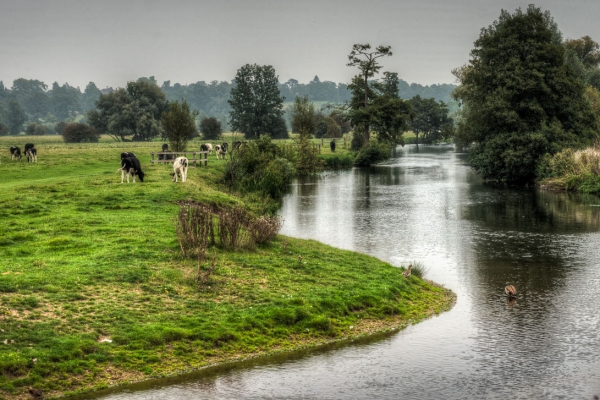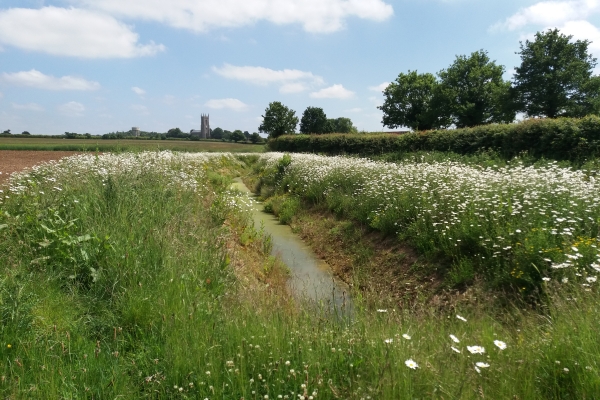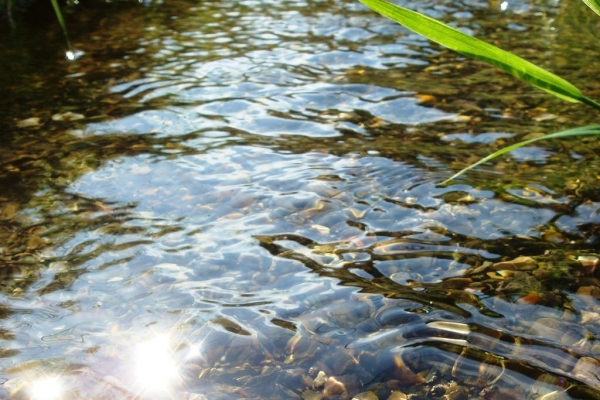Water and wildlife
Wildlife & Farming handbook
Resource explained
These illustrated chapters from WildCRU’s Wildlife & Farming practitioners’ handbook summarise information on how to encourage wildlife in ponds, ditches, rivers and streams on farmland. Healthy freshwater habitats support a rich diversity of plants and animals – aquatic species that live in the water, and other wildlife that will make use of freshwater for food, shelter and breeding. As well as having their special wildlife, ditches, streams and rivers can act as habitat corridors through the landscape, linking other wildlife areas. The protection and conservation of waterbodies has great benefits for farmland biodiversity and the wider environment. The research findings highlighted in these chapters include how to identify the best ponds for damselflies and dragonflies, the importance of ditches for bumblebees, the impact of nearby woodland on river health and the problems of invasive crayfish.
Findings & recommendations
All freshwater habitats are valuable for wildlife on farmland. Water quality has the biggest impact on freshwater wildlife so management of surrounding farmland is important.
- Ponds have a wealth of invertebrate biodiversity, in turn supporting amphibians, and mammals such as bats which will feed on the many flying insects there. The best ponds have clean water and shallow margins. Where there are networks of ponds these can act as ‘stepping stones’ across the landscape.
- Ditches are often home to a rich community of plants and animals. They should have clean water and be managed on a little and often basis. Field margins and well managed hedgerows can add to the wildlife value of ditches.
- Rivers and streams support a great diversity of wildlife and, as well as supplying water, they and their associated wetlands play a vital role in land drainage, retaining water, and flood management.
- Management of the surrounding land affects river health: controlling livestock access, management of bankside vegetation and keeping inputs away from the water are all important.
(Header image: Four spotted chaser. Photo credit: Allan Drewitt, Natural England)
